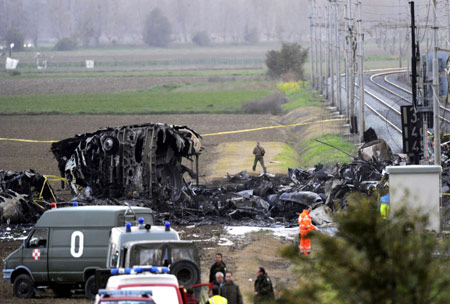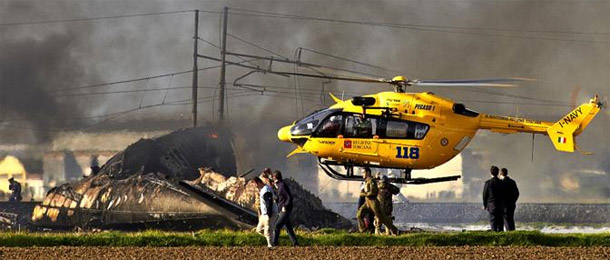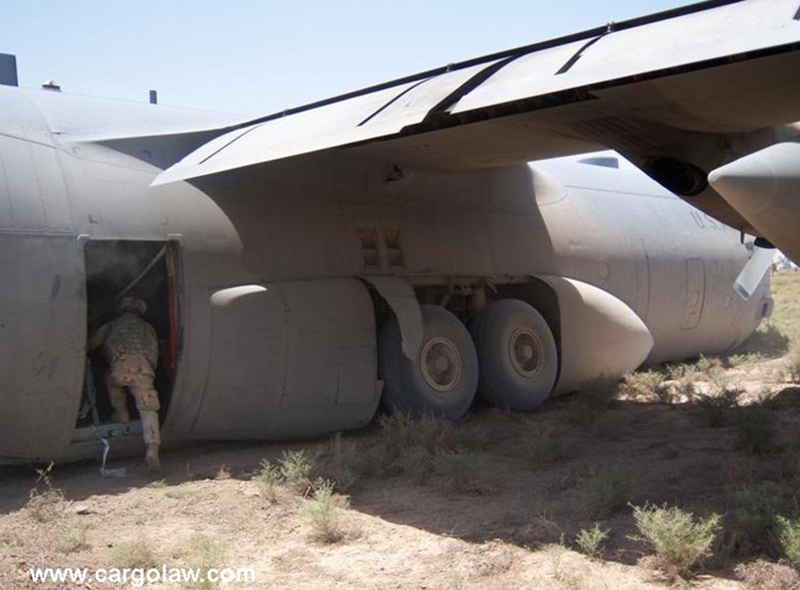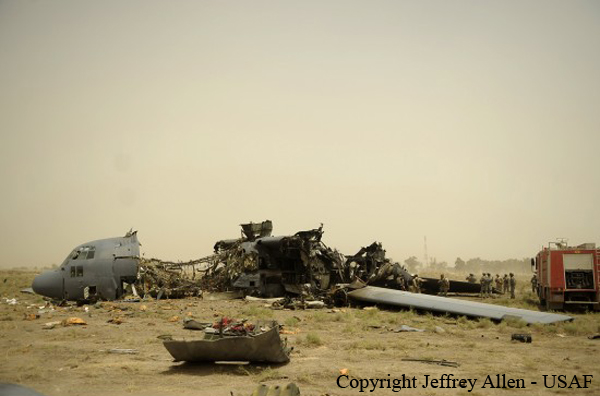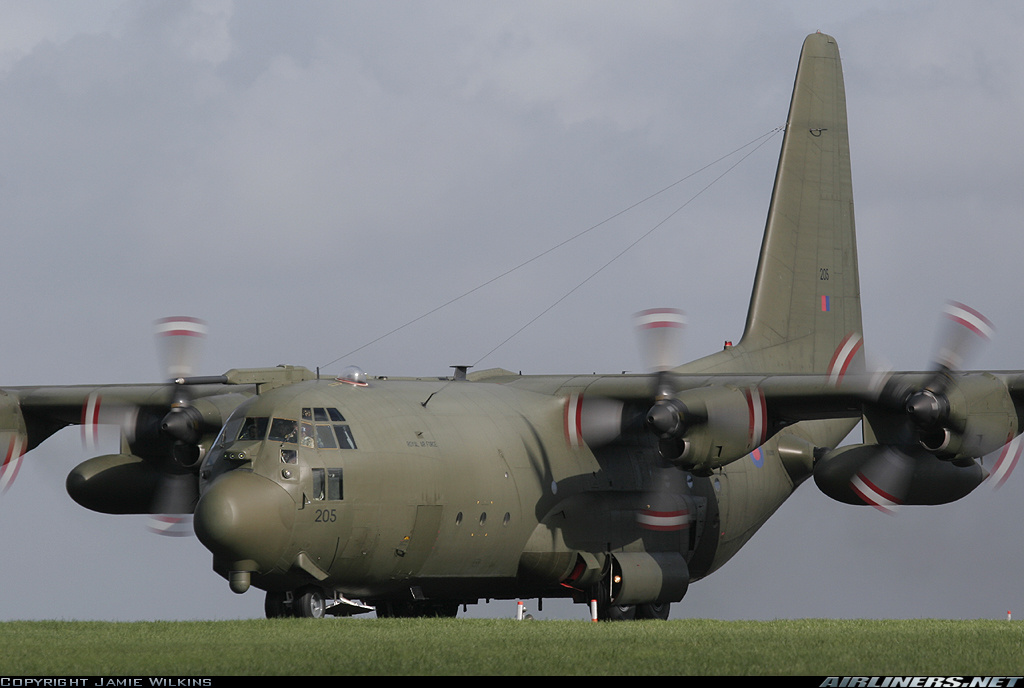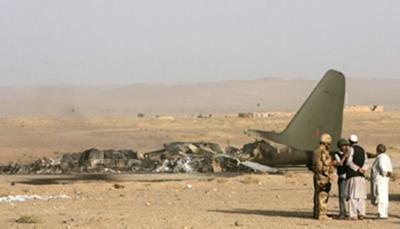Crash of a Lockheed KC-130J Hercules in Pisa: 5 killed
Date & Time:
Nov 23, 2009 at 1410 LT
Registration:
MM62176
Survivors:
No
Schedule:
Pisa - Pisa
MSN:
5497
YOM:
2000
Crew on board:
5
Crew fatalities:
Pax on board:
0
Pax fatalities:
Other fatalities:
Total fatalities:
5
Circumstances:
Shortly after takeoff from Pisa-San Giusto-Galileo Galilei Airport, while climbing, the four engine aircraft went out of control and crashed on a railway road located 3 km southwest of the airfield. The aircraft was destroyed by impact forced and a post crash fire and all five occupants from the 46th Squadron were killed.

